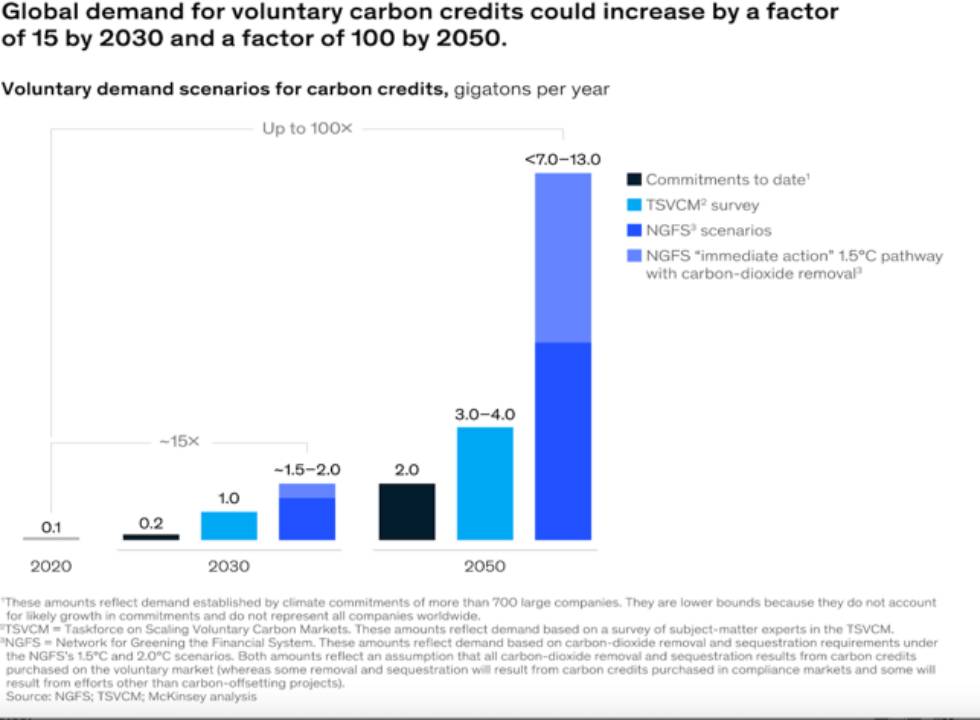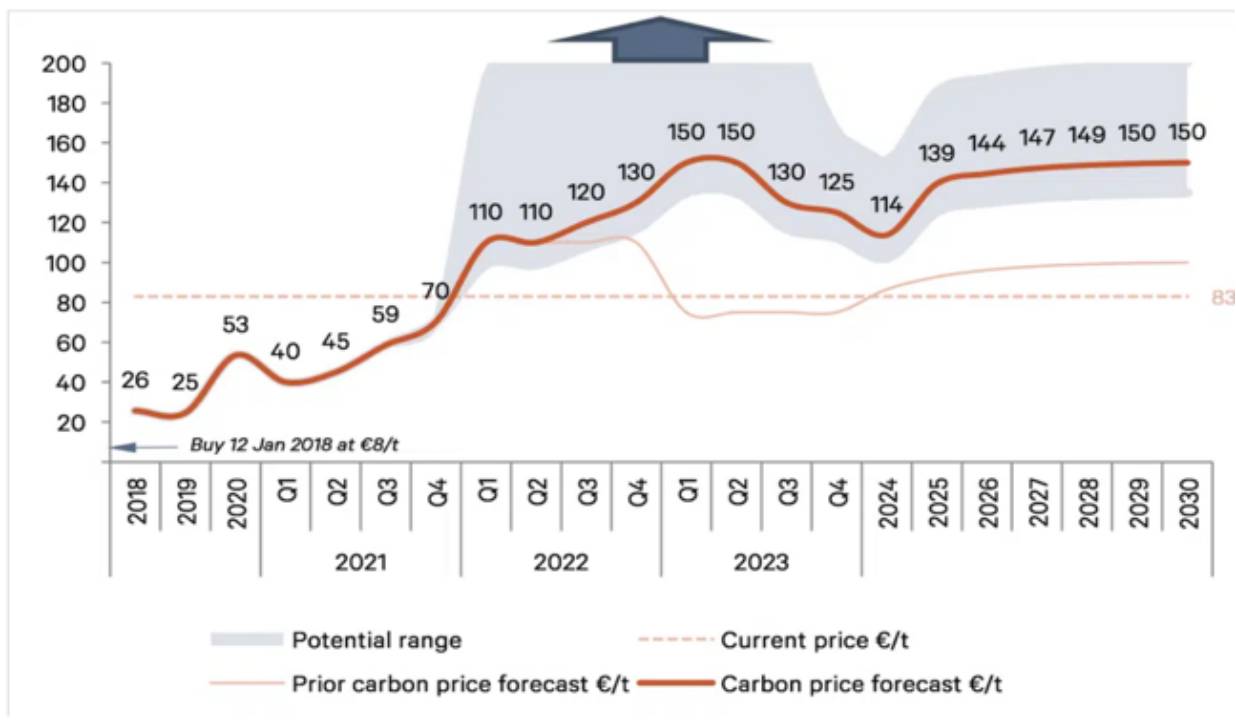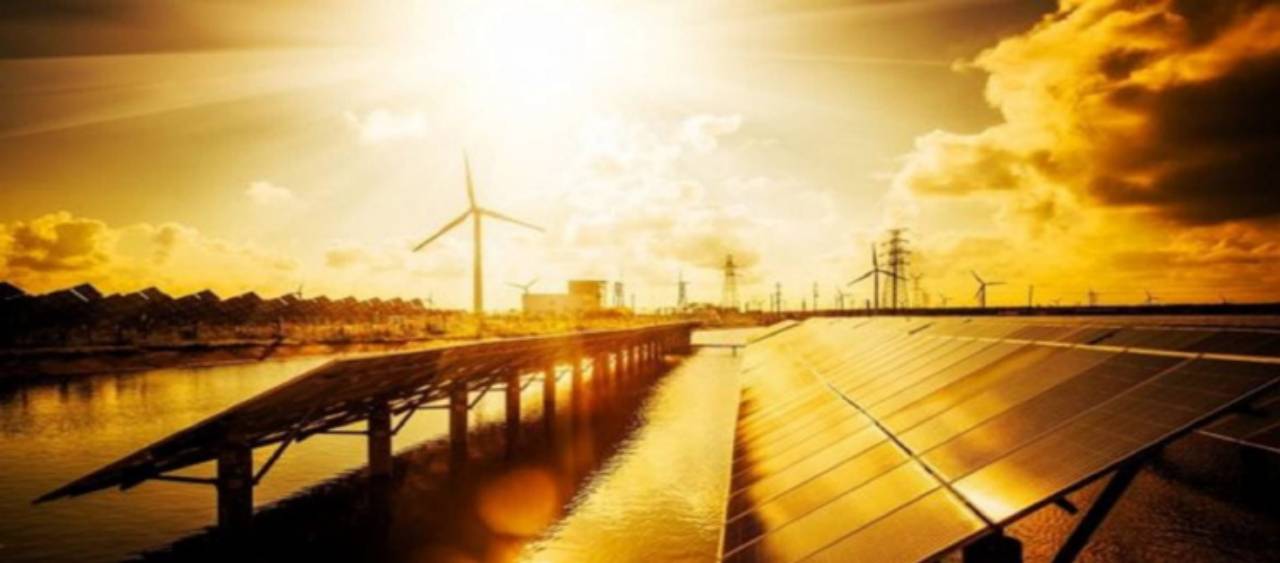Net Zero became the hot buzzword so many are using to show their commitment to climate action, yet it can be misleading and dangerous.
Zero is impossible, and the technologies that will remove carbon from the atmosphere will eventually become scalable. But until then, corporates, cities, and individuals need to work hard to reduce their carbon footprint.
The problem with net-zero is simple: for many corporates, the most significant part of their carbon footprint is scope 3, which are indirect emissions and are very difficult to be reduced, as they are decentralized. Scope 3 is the elephant in the climate action room, and in cases such as Microsoft, it is 75% of the company’s carbon footprint (12MtCO2 out of 16 MtCO2). Coping with scope 3 requires innovative tech/economical solutions like Kora is developing, but we will touch upon that in later blogs.
Scope 3 is the elephant in the climate action room, and in cases such as Microsoft, it is 75% of the company’s carbon footprint
Offsetting is a way of paying for others to reduce emissions or absorb CO2 to compensate for emissions. For example, by planting trees via buying carbon credits from landowners/farmers. A carbon credit represents a one metric ton reduction in carbon dioxide or the equivalent amount in different greenhouse gas.
Sounds simple, right? Problem solved. Sadly, the way out of the climate emergency is just not that simple.
Why not?
a. Corporates should first, and most focus on carbon footprint reduction.
b. Not all carbon credits do what they promise to do.
c. As the carbon credit business becomes so profitable, the focus for many is how they can make extra short-term profits rather than how carbon can be reduced.
The new gold rush is here to stay. I am happy for people to make money, as long as it serves the purpose we came together – limiting climate change’s risks.
For an offset to work, it has to:
a. Be real—that there’s an actual landowner who owns actual land with actual trees. Unfortunately, there have been cases of groups collecting money for offset projects that don’t yet exist.
b. Be verified and enforceable—a third party should have laid eyes on the trees, and there must be a mechanism for penalizing the landowner if he doesn’t follow through.
c. The offset should also be permanent– so the landowner is not burning his trees to the ground six months later.
d. Finally, the offset must be additional. This is the trickiest issue with carbon offsets. Otherwise, the transaction would not affect the amount of carbon in the atmosphere.
A 2016 European Union study found that 85 percent of offset projects studied cannot indeed be called “additional,” meaning that they would be developed in any case without the funding from the credits. The study also found that many offset projects overestimate the emissions reductions resulting from their work. As a result, environmental NGOs, including Greenpeace, governments, and other members of civil society, are right to be sceptical of organizations using carbon credits to avoid aggressively reducing their internal emissions.
A 2016 European Union study found that 85 percent of offset projects studied cannot indeed be called “additional,”
Purchasing carbon credits to address unabated emissions is not on its own a climate strategy. Investments in external emissions reductions projects must always be part of a larger strategy that prioritizes internal emissions reduction. Corporates love talking about carbon offsetting. But to be serious about tackling climate change, they need to stop carbon emissions from getting into the atmosphere in the first place.
The business of Carbon:
Since its introduction in 1997 through the Kyoto protocol, it was expected that the Carbon would be priced at 120 – 140 US$ per ton. The reality was that until mid – 2021, the Carbon price was around the 20 US$ per ton.

McKinsey estimates that annual global demand for carbon credits could reach 1.5 to 2.0 gigatonnes of carbon dioxide (GtCO2) by 2030 and 7 to 13 gigatonnes of carbon dioxide (GtCO2) by 2050.
In financial terms, that means up to 40 billion euros by 2030 and 260 billion euros by 2050.

Biden’s entry into the white house, COP26, and covid19 accelerated the climate agenda. In addition, consumers’ demands for action and investors’ pressure demanding actions. We see a significant shift in the interest in climate business. This interest is the base for a 4x increase in the carbon price, and investors, land and forests’ owners, and companies look at carbon as a new source of income.
There are three main reasons to own carbon allowances:
a. to potentially earn a significant return: double, triple, or quadruple the current price – see bellow one projection;
b. to contribute to a greener planet, forcing companies to reduce their carbon emissions; and/or
c. to protect the company against higher costs/inflation triggered by a higher carbon price.

Carbon pricing predictions. Source: https://carboncredits.com/eu-ets-carbon/
At the outset, the creation of carbon credit was meant to do good and had merit in it. The concern is that the attention will be now on the financial benefits from the credits rather than reaching the ultimate goal of net-zero.
At the outset, the creation of carbon credit was meant to do good and had merit in it. The concern is that the attention will be now on the financial benefits from the credits rather than reaching the ultimate goal of net-zero. Instead, the focus has to be on carbon avoidance or carbon footprint reduction – and this requires a tangible commitment of each of us to change our habits and behavior.
Thank you!
Gilad Regev is the CEO and co-founder of Kora sustainability.
Kora rewards individuals and entities for decarbonization
#sustainabilty #korasustainability #carbocredits




